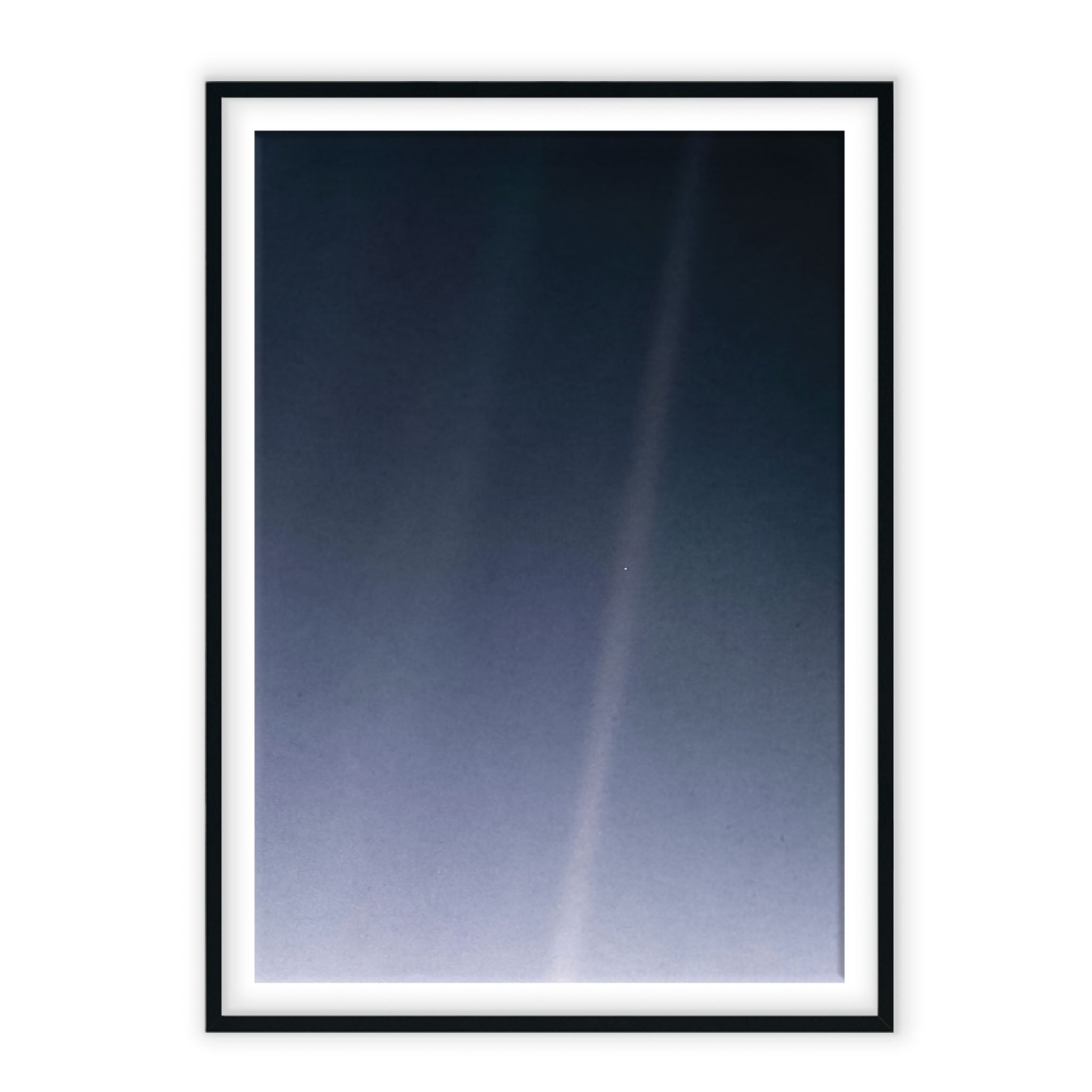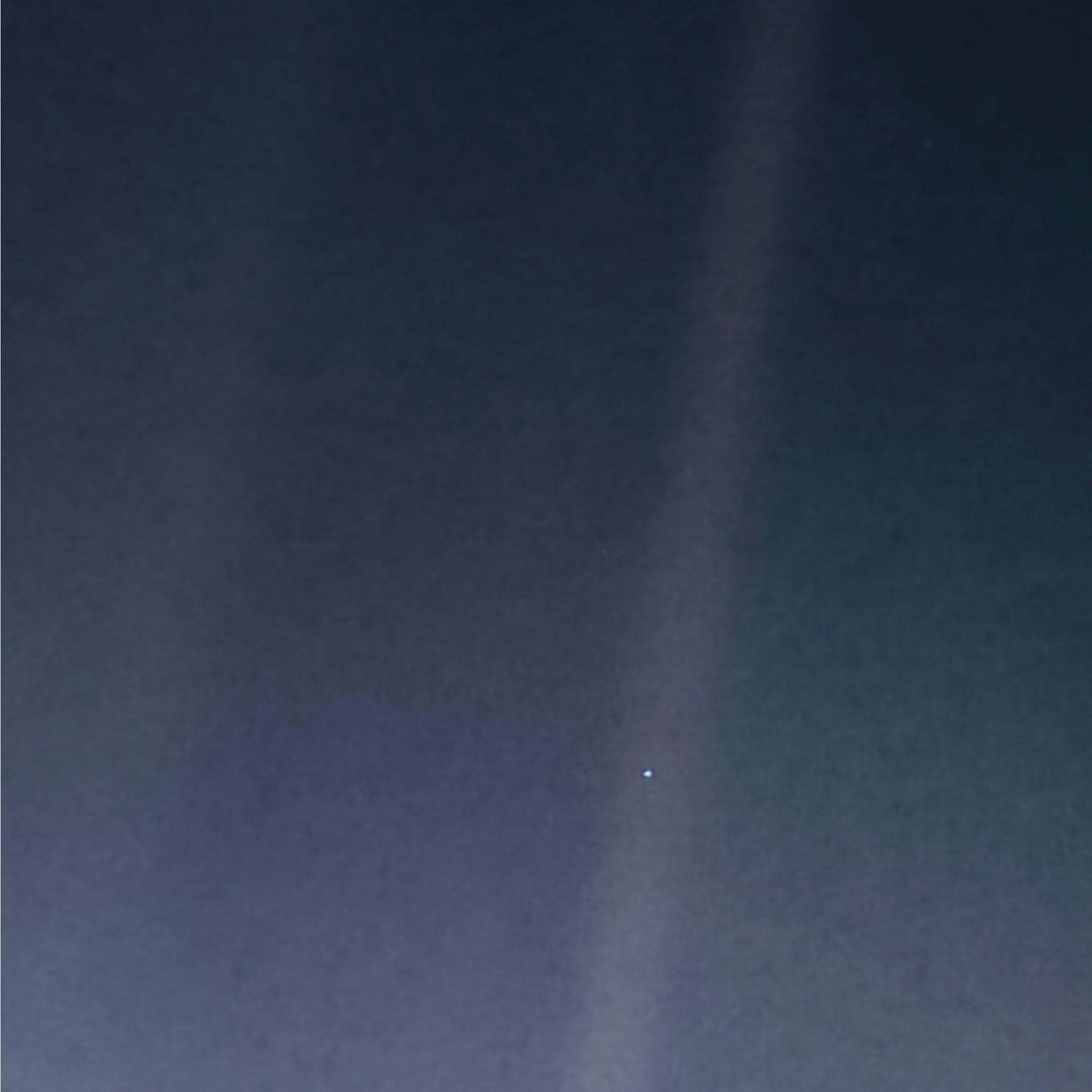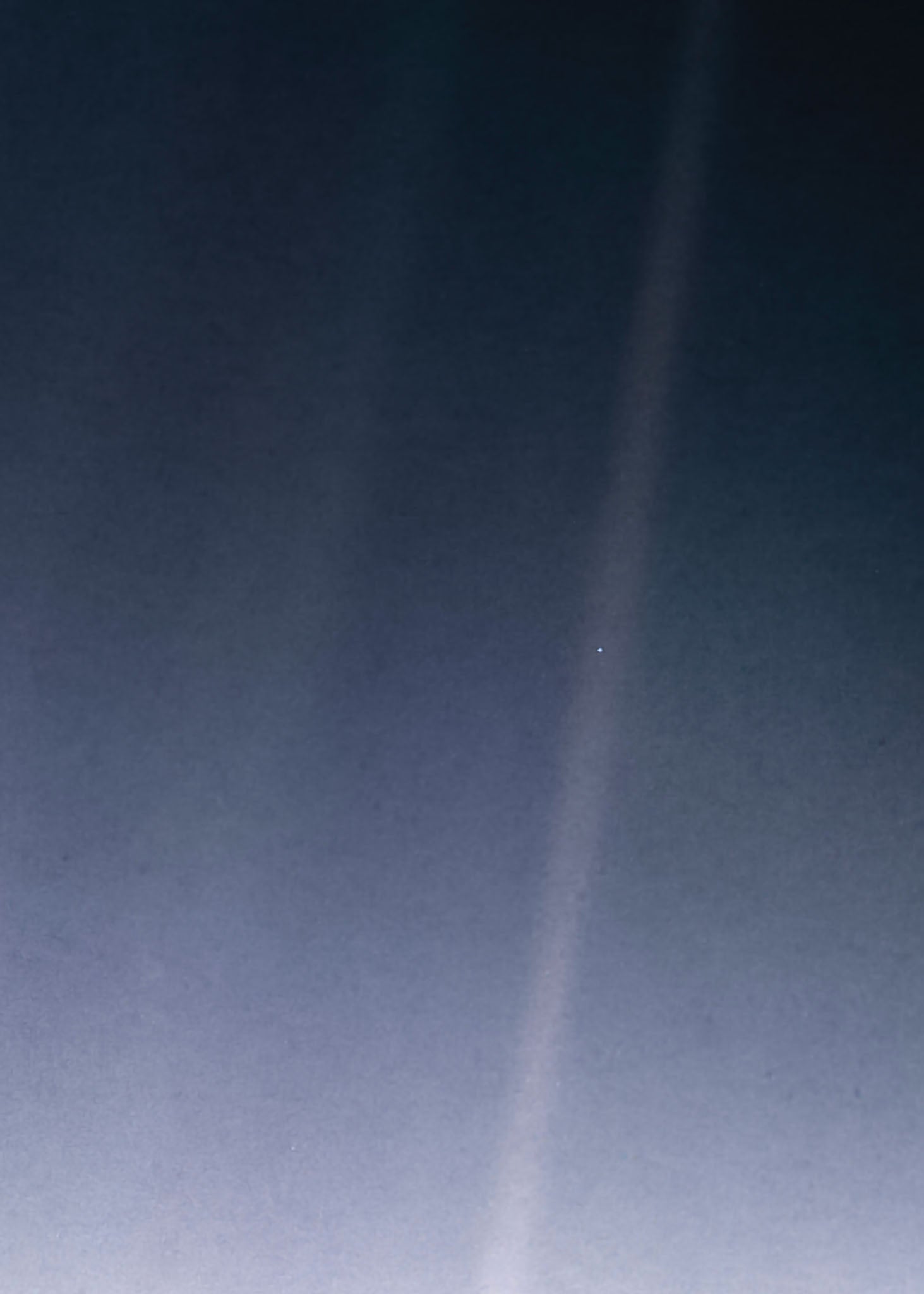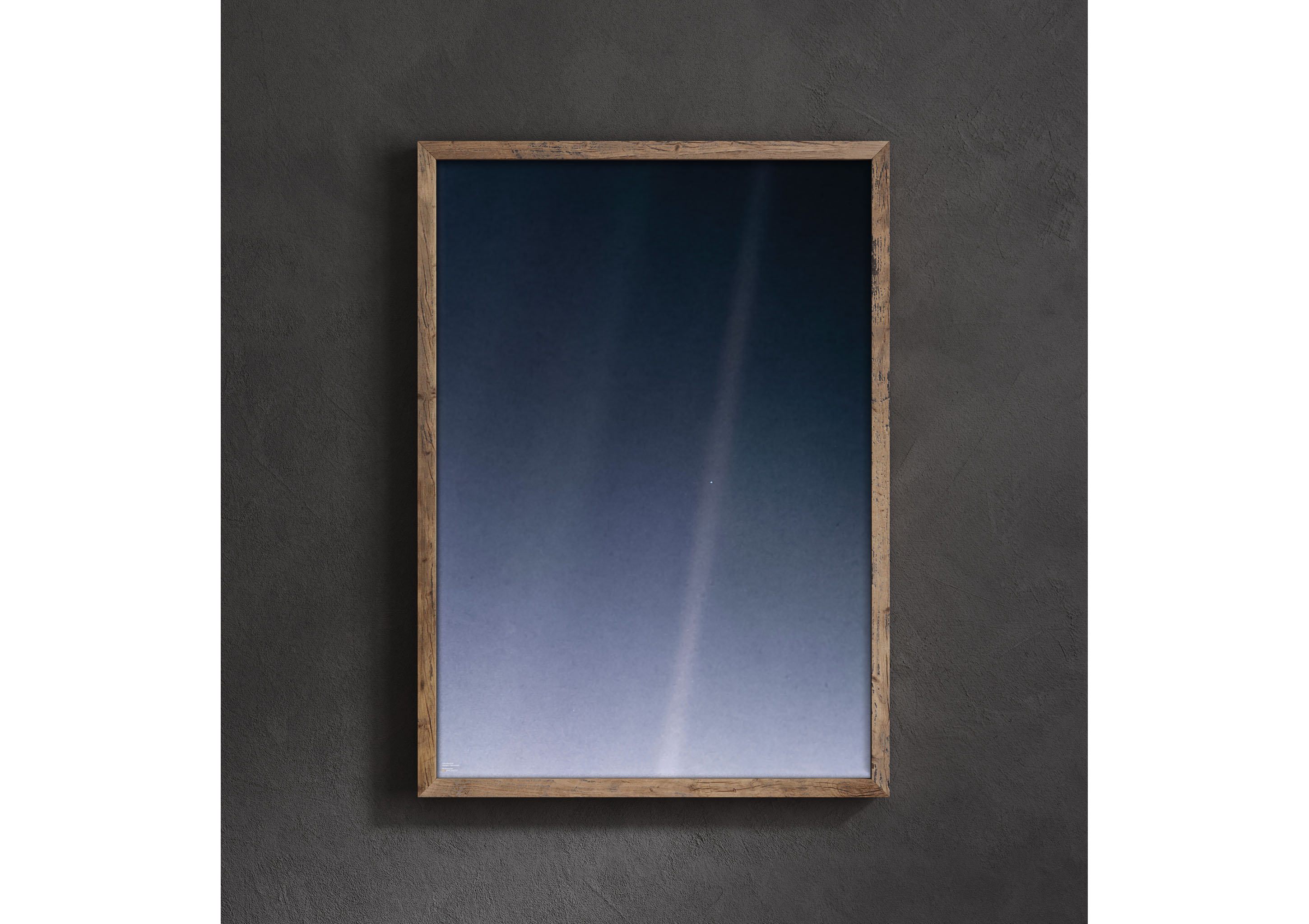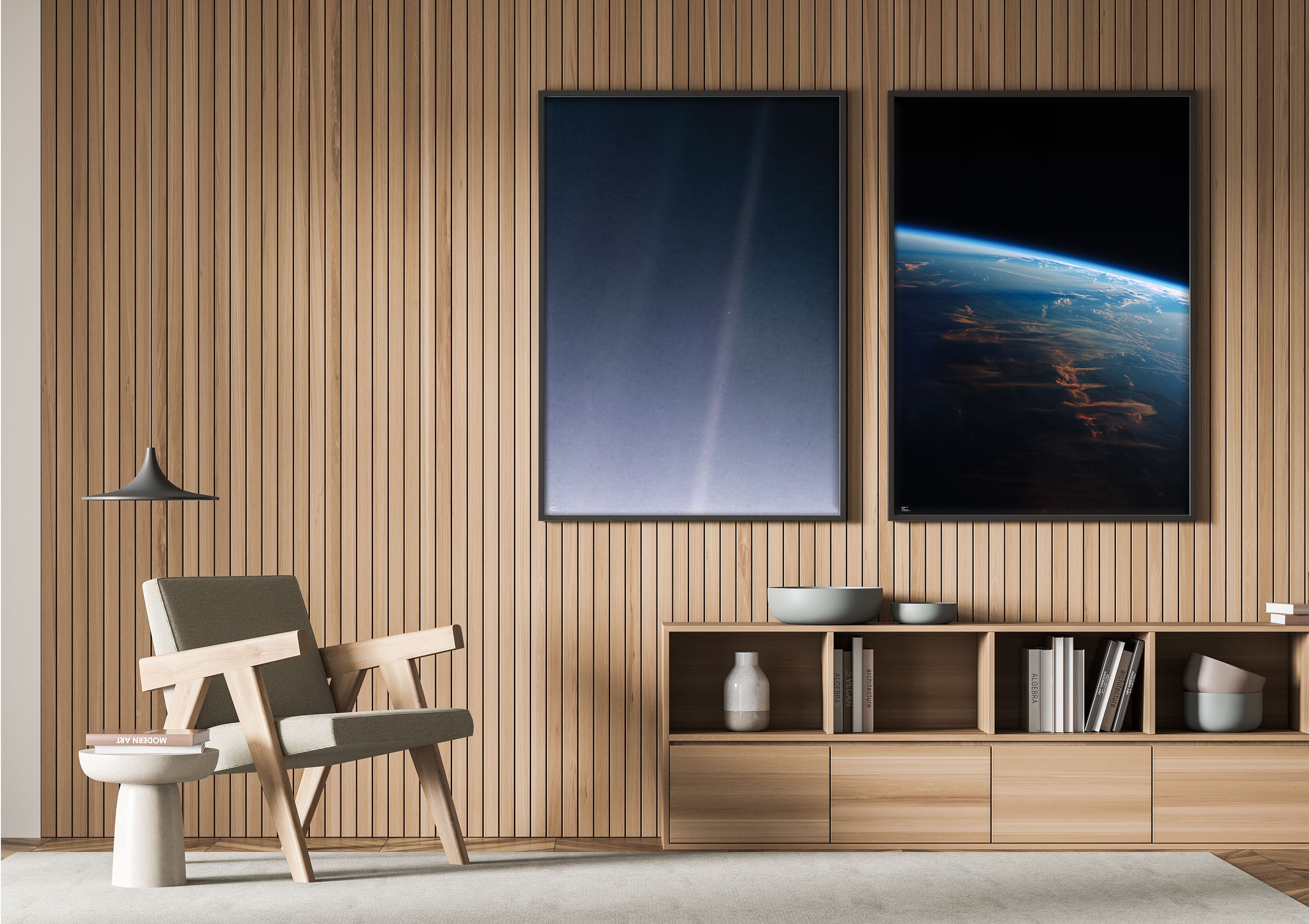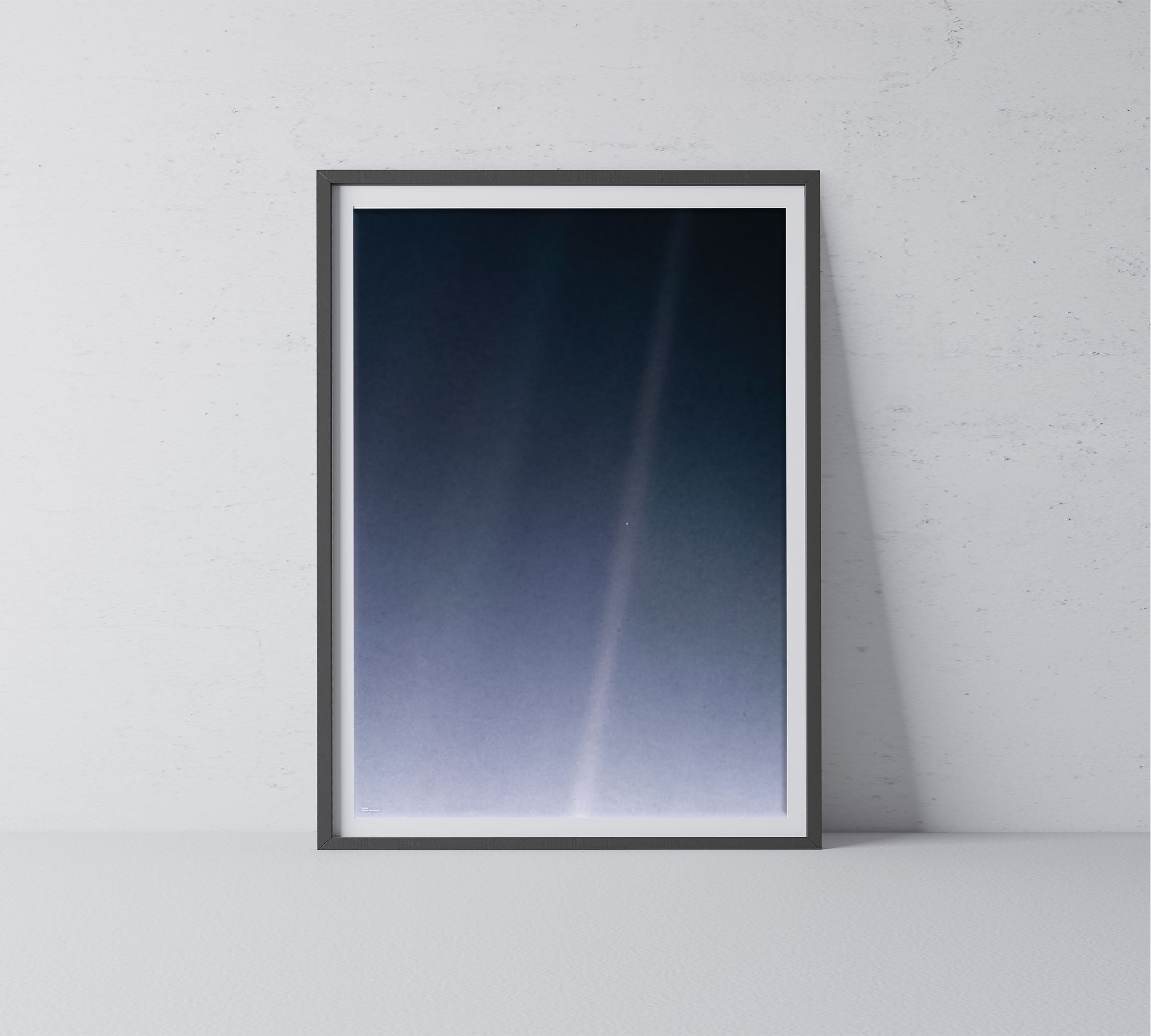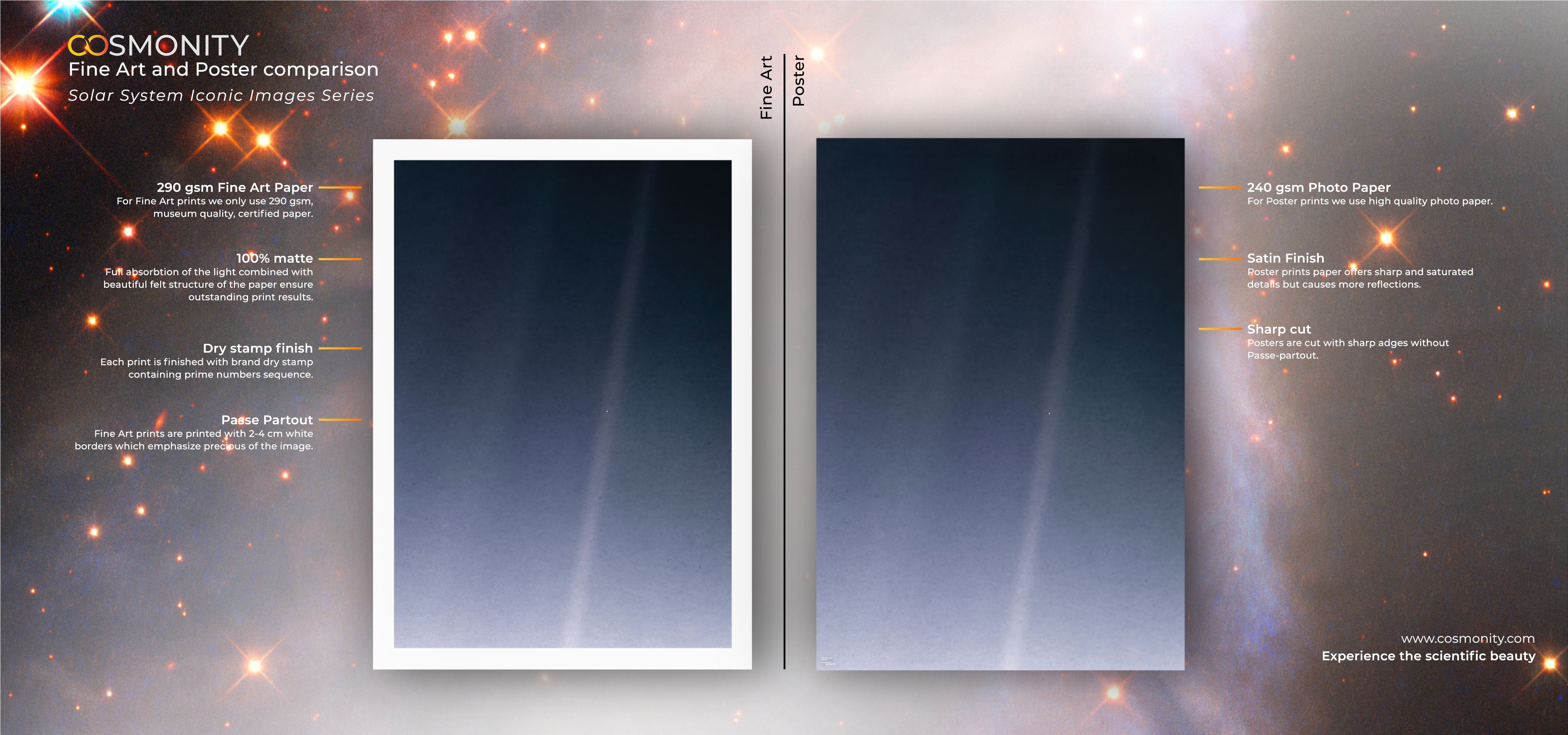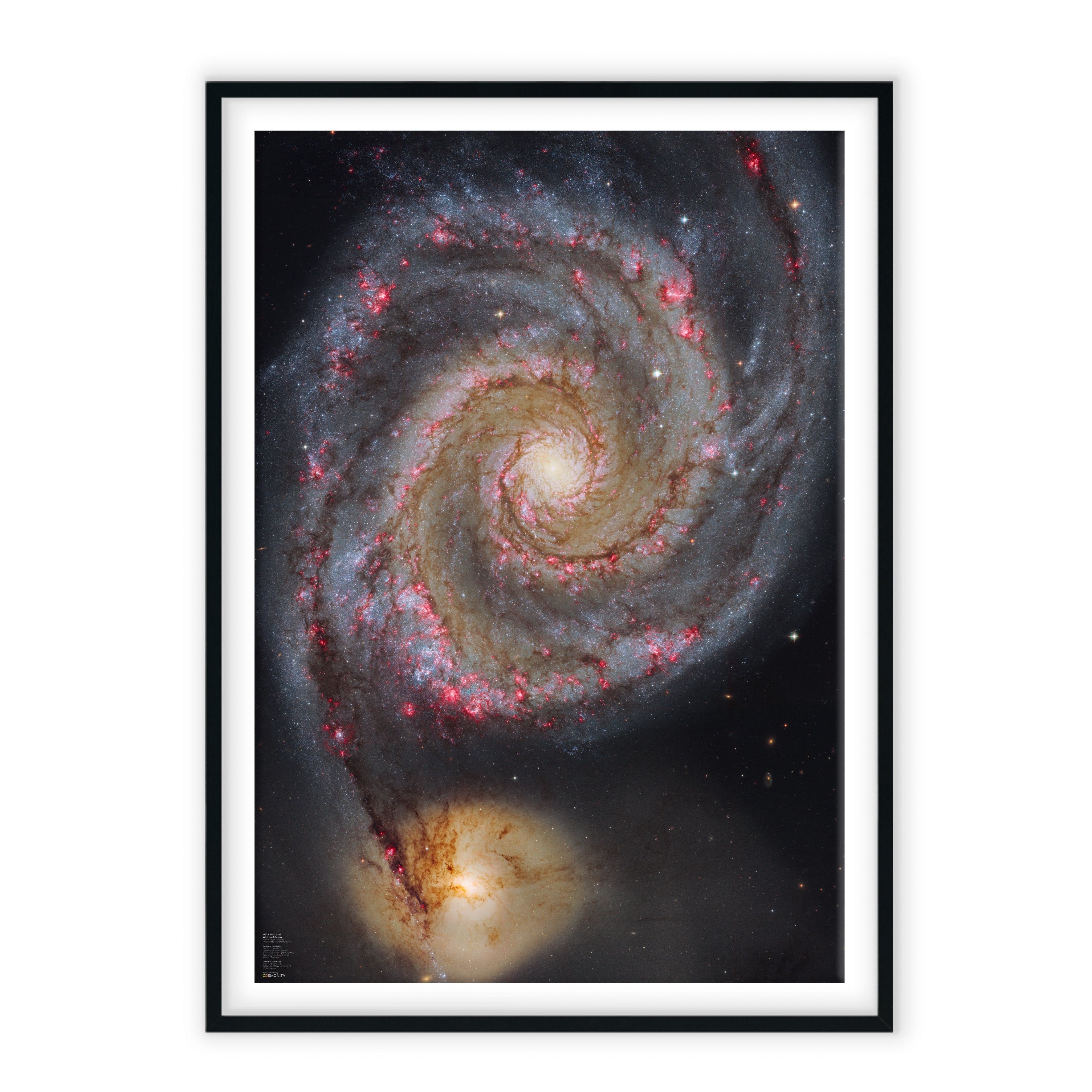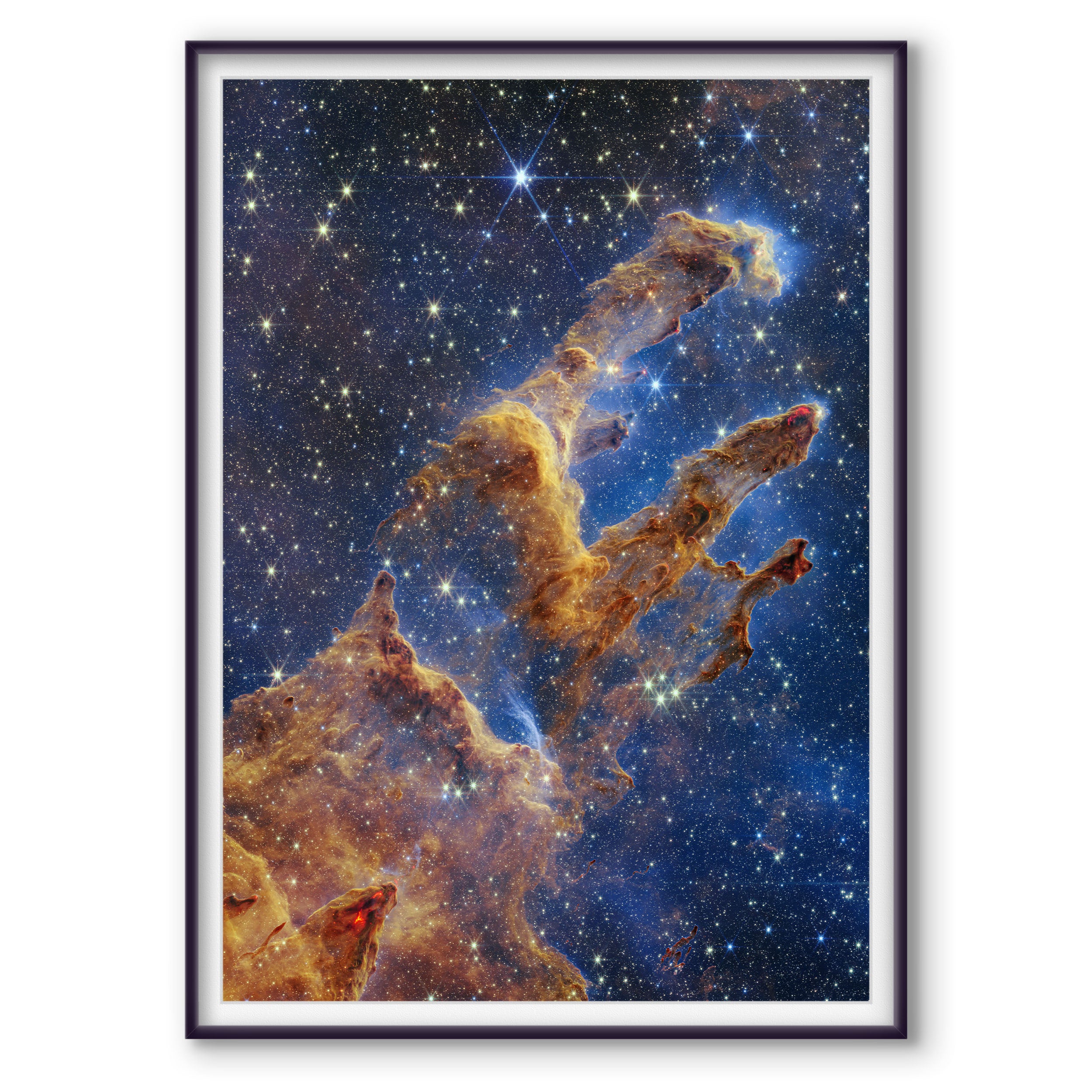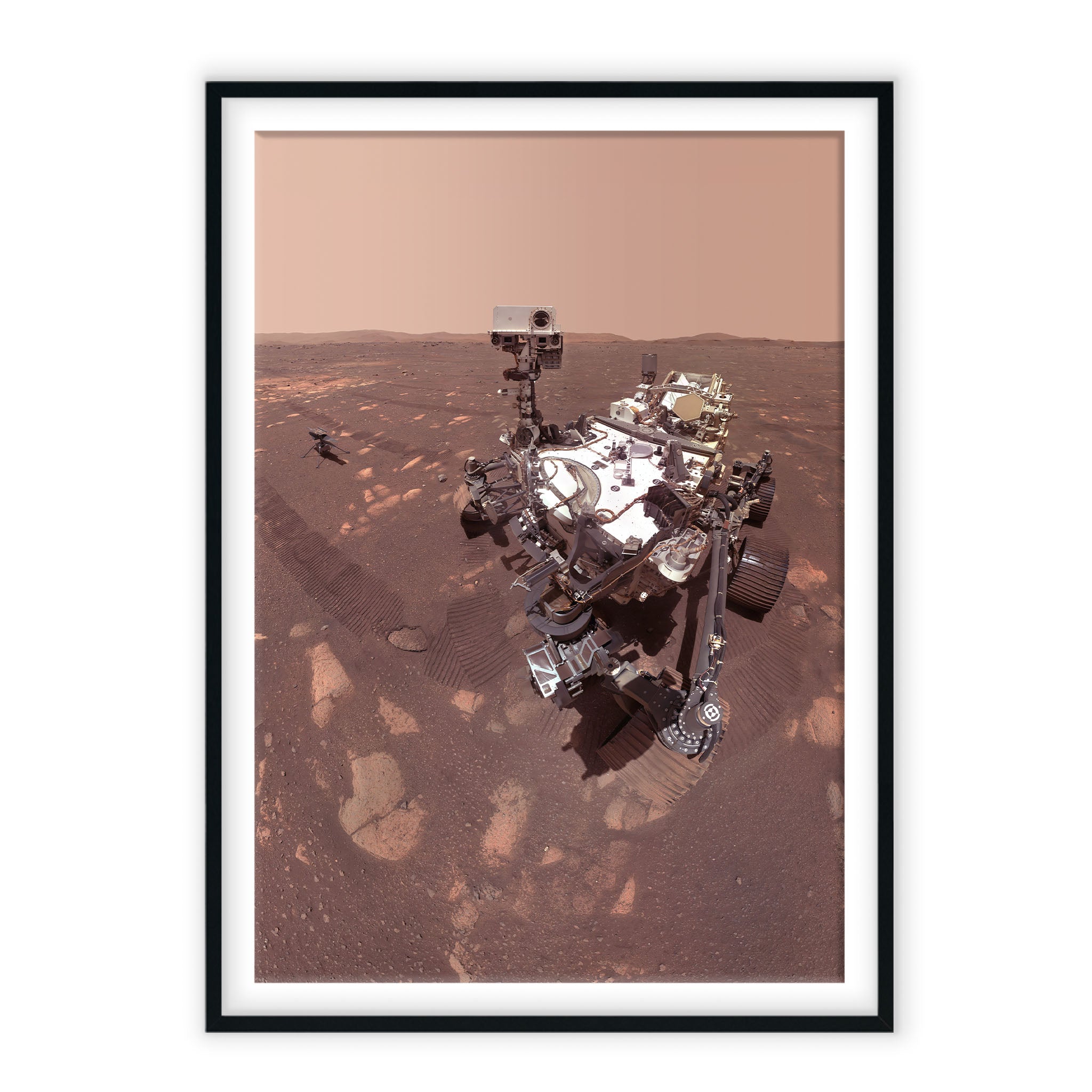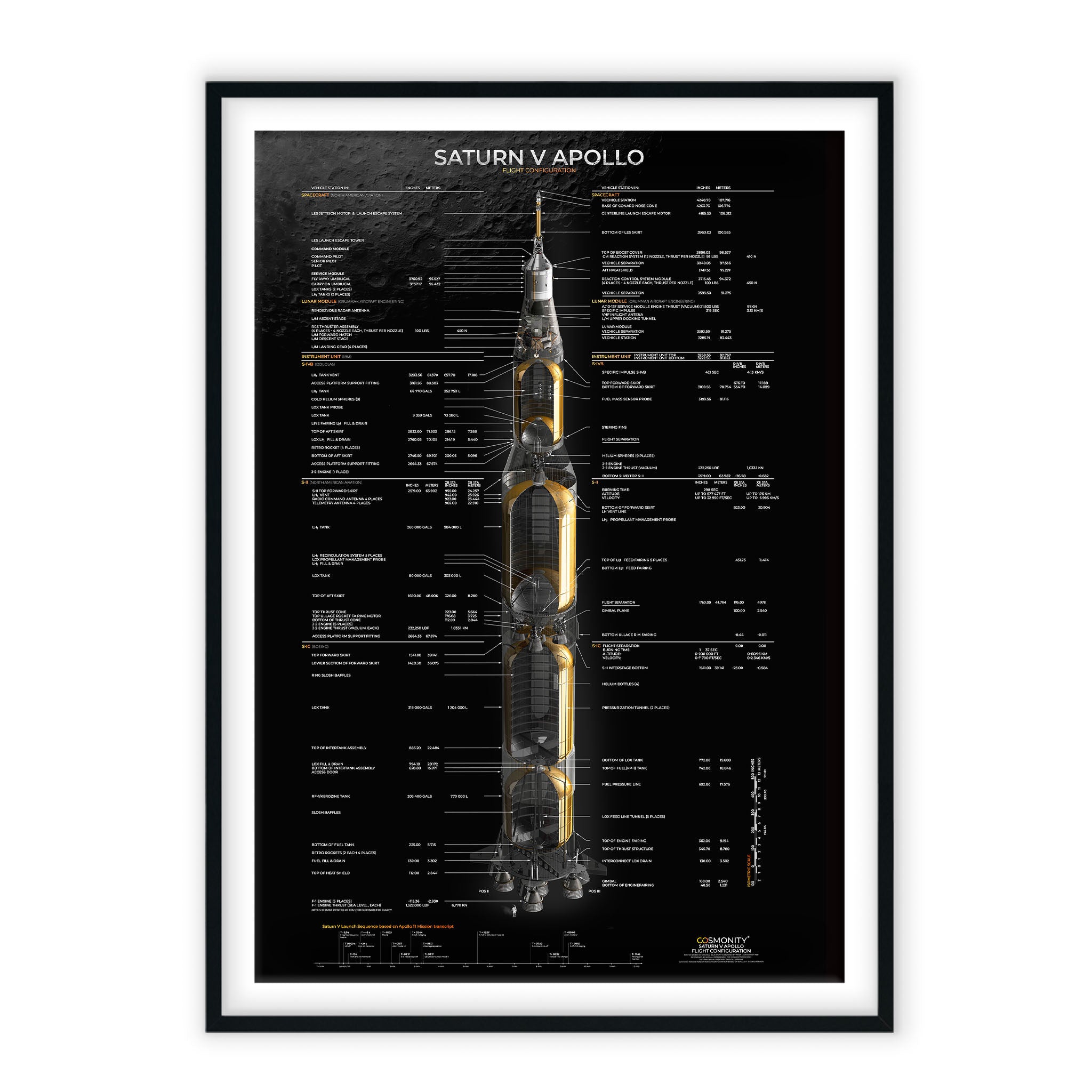In cosmos exploration there are images which simply tell a lot more than you can see in the first second, this is definitely one of such a images. For the 30th anniversary of one of the most iconic images taken by NASA's Voyager mission, a new version of the image known as "the Pale Blue Dot."
Planet Earth is visible as a bright speck within the sunbeam just right of center and appears softly blue, as in the original version published in 1990.

Original version published in 1990.
This updated version uses modern image-processing software and techniques to revisit the well-known Voyager view while attempting to respect the original data and intent of those who planned the images.
In 1990, the Voyager project planned to shut off the Voyager 1 spacecraft's imaging cameras to conserve power and because the probe, along with its sibling Voyager 2, would not fly close enough to any other objects to take pictures. Before the shutdown, the mission commanded the probe to take a series of 60 images designed to produce what they termed the "Family Portrait of the Solar System." Executed on Valentine's Day 1990, this sequence returned images for making color views of six of the solar system's planets and also imaged the Sun in monochrome.
The popular name of this view is traced to the title of the 1994 book by Voyager imaging scientist Carl Sagan, who originated the idea of using Voyager's cameras to image the distant Earth and played a critical role in enabling the family portrait images to be taken.
The planet occupies less than a single pixel in the image and thus is not fully resolved. (The actual width of the planet on the sky was less than one pixel in Voyager's camera.) By contrast, Jupiter and Saturn were large enough to fill a full pixel in their family portrait images.
The direction of the Sun is toward the bottom of the view (where the image is brightest). Rays of sunlight scattered within the camera optics stretch across the scene. One of those light rays happens to have intersected dramatically with Earth. From Voyager 1's vantage point — a distance of approximately 3.8 billion miles (6 billion kilometers) — Earth was separated from the Sun by only a few degrees. The close proximity of the inner planets to the Sun was a key factor preventing these images from being taken earlier in the mission, as our star was still close and bright enough to damage the cameras with its blinding glare.
The view is a color composite created by combining images taken using green, blue and violet spectral filters by the Voyager 1 Narrow-Angle Camera. They were taken at 4:48 GMT on Feb. 14, 1990, just 34 minutes before Voyager 1 powered off its cameras forever.
- Excellent print quality with the Canon imagePROGRAF Pro4100 12 inkjet printer for maximum color sharpness,
- High UV resistance and long colour fastness,
- Professional Solution photo paper that guarantees high-contrast images and deep blacks and provides excellent tone transitions. You can choose between smooth satin paper weighing 240 g/m2 (Poster) and matte, microporous paper weighing 290 g/m2 (Fine Art),
- Environmentally friendly product – we use odourless, water- based inks from LUCIA PRO,
- Delivery of the print in a reusable, safe cardboard tube. At every stage of the development of our products, we strive to remain environmentally conscious, by using as little plastic as possible and minimising the amount of waste generated.
Image and description credits: NASA/JPL-Caltech
Find out more about our prints types here.
Product visualizations are just an example of the arrangement of our prints in interiors. Printouts are delivered in the form of sheets rolled into a transport tube without a frame.










